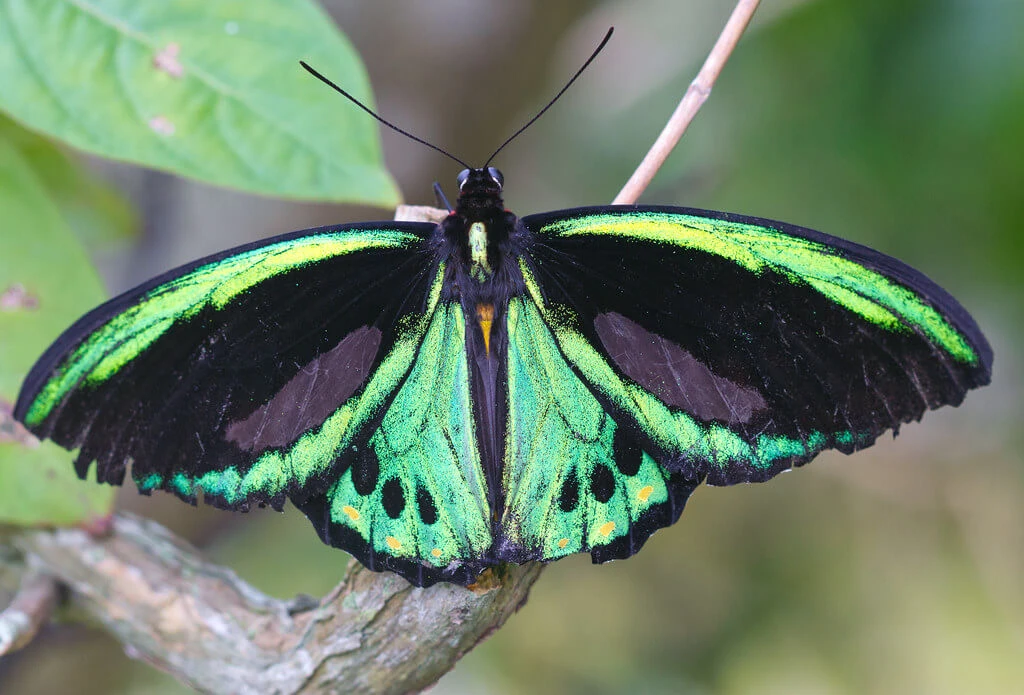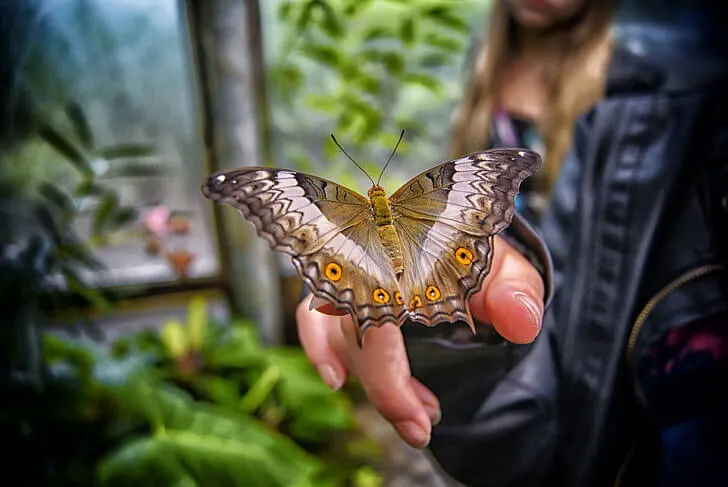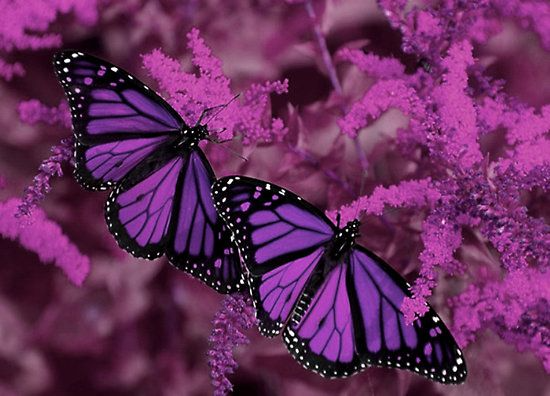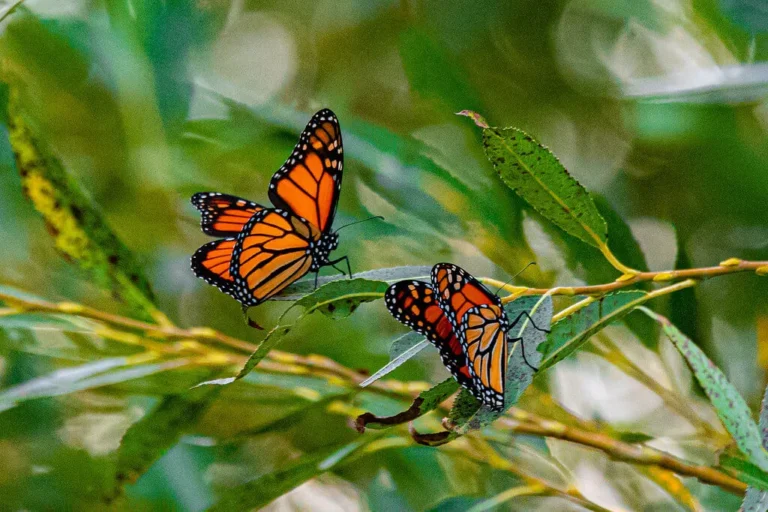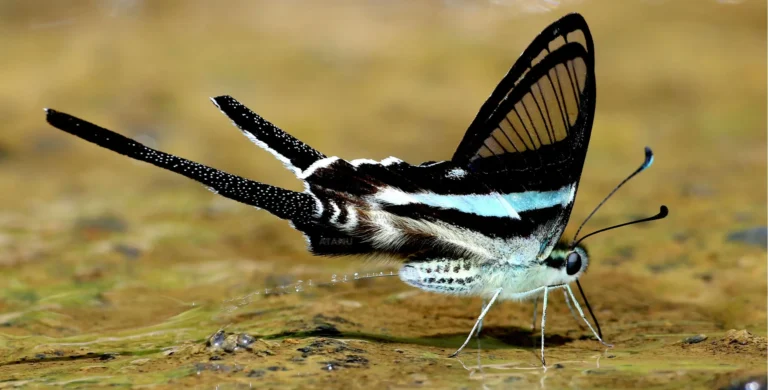Birdwing Butterflies: Majestic Giants of Australasian Skies
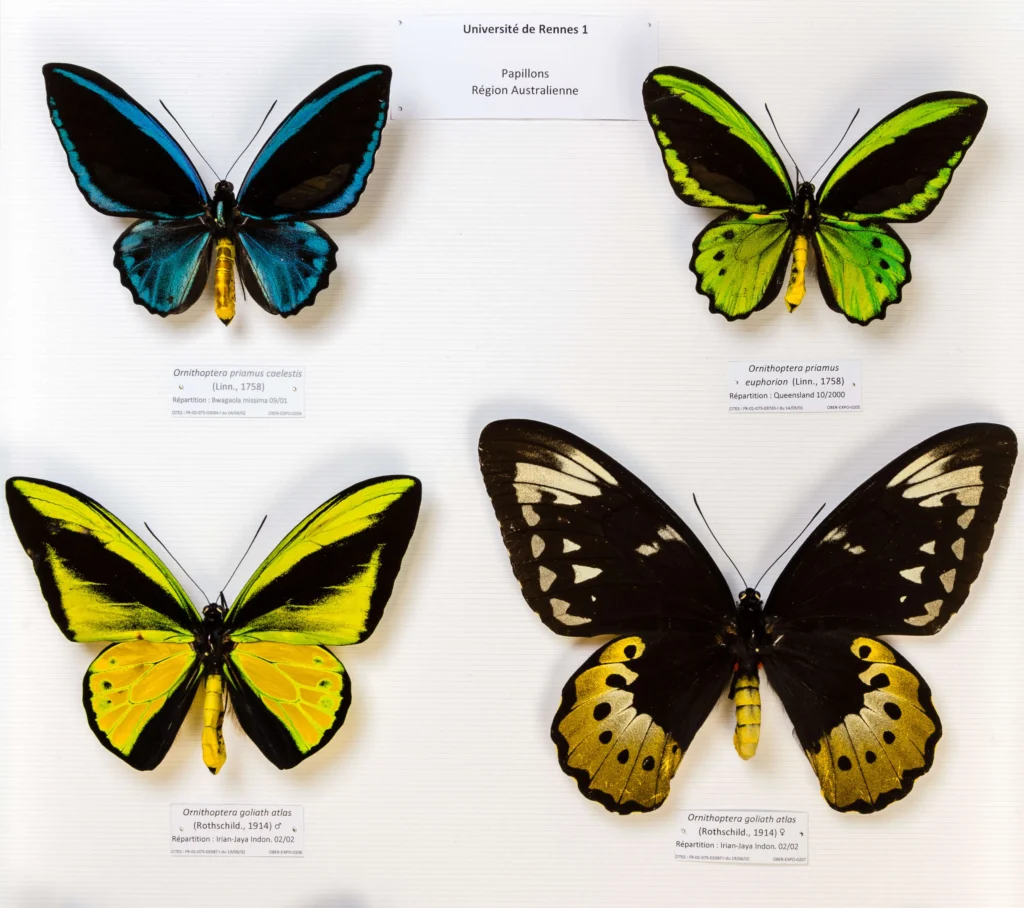
Table of Contents
Introduction
When you think of a butterfly, what comes to mind? Small, colorful wings? Well, birdwing butterflies are different.
They’re big, bold, and really beautiful. Found mostly in places like Australia and nearby islands, these butterflies are a treat to see.
They’re not just about looks, though. They play a big part in nature. This article will tell you all about them, from where they live to why we should protect them.
Origins and Distribution
Birdwing butterflies have been around for a long time. They have a rich history that traces back to ancient times. These butterflies call the Australasian region their home.
This means you’ll mostly find them in places like Indonesia, Papua New Guinea, the Solomon Islands, and northern Australia.
Where Birdwing Butterflies Live
Australia and its neighboring islands offer the perfect home for birdwings. Why? These areas have lush forests, warm climates, and the right plants that the butterflies need.
Each species of birdwing has its favorite spots. For example, Queen Alexandra’s Birdwing loves the rainforests of Papua New Guinea.
Travelers or Stay-at-Home?
Most birdwings don’t travel far. They choose to stay close to their place of birth. But, like all creatures, they go where the food is. So, if someone cuts down a forest or their food plants disappear, they might move to a new place.
Anatomy and Appearance
Birdwing butterflies are a feast for the eyes. Their size and colors set them apart from many other butterfly species, such as the blue monarch butterfly. Let’s dive into what makes them so special.
Vivid Colors and Patterns
Birdwings wear nature’s finest art on their wings. Bright yellows, deep blacks, shimmering greens, and even radiant blues paint their wings, making each flutter a display of nature’s brilliance.
These colors aren’t just for show. They help birdwings communicate, attract mates, and even ward off predators.
Size Matters
Among the world of butterflies, birdwings are giants. Some, like the Queen Alexandra’s Birdwing, can have a wingspan of over 25 cm.
This size isn’t just impressive; it also gives them an advantage. Larger wings mean better control of the air and the ability to glide longer distances.
More Than Just Wings
While their wings steal most of the attention, birdwings have other notable features. They have large, round eyes that give them a wide field of vision.
Their antennae act like nature’s GPS, helping them sense changes in the environment and find their way around.
Nature’s Footwear
Look closely, and you’ll notice their feet are special too. Birdwings have tiny hooks and spines on their feet. These help them grip onto plants and flowers when they land. It’s nature’s version of non-slip shoes!
Birdwing Butterflies’ Behavior and Habits
Birdwing butterflies aren’t just about stunning looks; their behaviors and daily routines are equally captivating. Let’s explore the world from a birdwing perspective.
Daily Rituals
Just like us, birdwings have routines. As the sun rises, they start their day, warming up their wings and getting ready for flight. In the mornings, they search for food, visit flowers for nectar, or find plants to lay their eggs.
Finding a Mate
Birdwings have a unique dance in the sky when it comes to attracting a partner. Males often showcase their vibrant colors and swift movements to woo the females.
After finding a match, females search for the right plant to lay eggs, ensuring a good start for the next generation.
Feeding Habits
Birdwing butterflies have a sweet tooth. They primarily sip on nectar from flowers, giving them the energy they need for their daily activities. But that’s not all. As caterpillars, they munch on specific host plants.
Some of these plants contain toxins, which the caterpillars store in their bodies, making them less tasty to potential predators.
Safety in the Skies
Even with their size and bright colors, birdwings face threats from predators. Birds, spiders, and even some larger insects can pose a danger. But birdwings have tricks up their wings.
Their quick, back-and-forth flying confuses enemies, Bright colors signal danger or distastefulness to potential attackers.
You might be surprised to find out how butterflies process their food and expel waste.
Species Spotlight
Birdwing butterflies comprise a diverse group, with each species having its unique characteristics and stories. Here, we’ll shine a light on a few standout species that captivate butterfly enthusiasts worldwide.
Rajah Brooke’s Birdwing: A Royal Flutter
Named after Sir James Brooke, the first White Rajah of Sarawak, the Rajah Brooke’s Birdwing is a sight to behold. Its wings display an electric green against a contrasting black, making it one of the most recognizable birdwings.
You can find this gem mainly in the rainforests of the Thai-Malay Peninsula, Borneo, Sumatra, and surrounding islands.
Queen Alexandra’s Birdwing: The Grand Dame
Size matters when talking about Queen Alexandra’s Birdwing—it’s the world’s largest butterfly! With females boasting wingspans over 25 cm, they’re the undisputed queens of the butterfly kingdom.
Papua New Guinea’s rainforests, are large and have bright colors that amaze the eyes.
Goliath Birdwing: The Mighty Flyer
Another heavyweight in the birdwing family, the Goliath Birdwing, lives up to its name. With striking colors ranging from green and gold to deep black, it’s a living testament to nature’s artistry.
Predominantly found in New Guinea, this butterfly’s impressive size and colors make it a favorite among enthusiasts.
Others Worth Mentioning
While these three might steal the limelight, the birdwing family boasts other remarkable members. Each has its unique colors, habitats, and behaviors, contributing to the rich tapestry of the birdwing legacy.
Conclusion
Birdwing butterflies show us the beauty and wonders of nature. They remind us of the important job we have: to take care of our environment.
We’ve learned a lot about these butterflies, from their habits to the places they live.
Now, we need to act. We must protect birdwings so that future generations can enjoy and learn from them too.


